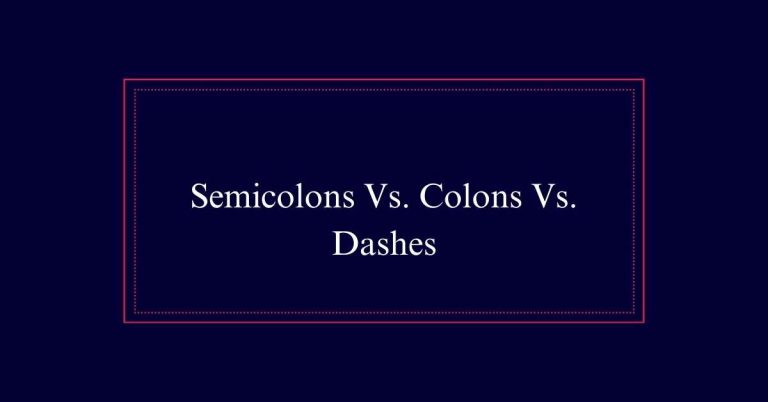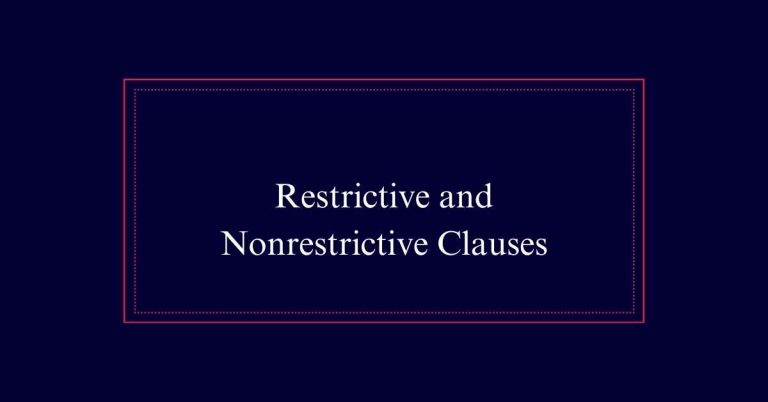How to Use Sense Verbs Correctly?
Using sense verbs correctly is essential for effective communication. Sense verbs describe what we see, hear, smell, touch, and taste. Examples include look, listen, smell, feel, and taste. These verbs should be paired with adjectives, not adverbs. For instance, say ‘The cake tastes delicious’ instead of ‘The cake tastes deliciously.’ Adjectives provide clearer, more precise descriptions, enhancing the reader’s experience.
Definition of Sense Verbs
What exactly are sense verbs?
Sense verbs are words that describe the five human senses: sight, hearing, smell, touch, and taste. Examples include look, seem, taste, feel, smell, and sound.
These verbs are unique because they are typically paired with adjectives rather than adverbs. For instance, we say, ‘The cookies smelled delicious,’ instead of ‘The cookies smelled deliciously.’ This pairing enhances clarity and correctness in English.
Native speakers instinctively use adjectives with sense verbs, which helps avoid awkward or incorrect expressions. Proper use of adjectives with sense verbs guarantees that sensory descriptions are clear and precise.
Five Senses and Their Verbs
Building on the understanding of sense verbs, each of the five human senses—sight, hearing, smell, touch, and taste—has specific verbs associated with it. For sight, common verbs include see, look, and watch.
Hearing is often expressed with hear and listen. Smell is described by smell and sniff. Touch involves verbs like feel and touch. Taste is conveyed through verbs such as taste and savor.

These verbs help in accurately describing sensory experiences. Proper use of these verbs guarantees clear communication. When describing sensory experiences, it is important to use the correct verb for the specific sense.
Common Sense Verbs
Common sense verbs are essential for accurately describing sensory experiences. These verbs include look, seem, taste, feel, smell, and sound. They allow us to convey how we perceive the world through our five senses: sight, hearing, smell, touch, and taste.
For example, ‘The cake smells wonderful’ uses the sense verb ‘smells’ to describe the aroma of the cake. Correctly using these verbs enhances the clarity of our descriptions and avoids confusion. It is important to pair sense verbs with adjectives rather than adverbs for proper usage.
Adjectives Vs. Adverbs
Understanding the distinction between adjectives and adverbs is essential for correctly using sense verbs. Adjectives describe qualities and are used with sense verbs to convey clear and accurate sensory experiences. For example, in ‘The cookies smelled delicious,’ ‘delicious’ is an adjective that provides a vivid description.
Adverbs, on the other hand, modify actions or states and are generally not suitable for sense verbs. Using an adverb with a sense verb, such as ‘The cookies smelled deliciously,’ can sound awkward and unclear.
Enhancing Clarity With Adjectives
Using adjectives with sense verbs sharpens the precision and vividness of sensory descriptions. By choosing the right adjectives, writers can create more evocative and accurate depictions of sensory experiences. This practice enriches the reader’s experience by making descriptions more relatable and immersive.
Consider the emotional impact of the following descriptions:
- The aroma of freshly baked bread fills the air.
- The silky fabric feels cool against the skin.
- The vibrant colors of the sunset paint the sky.
- The haunting melody echoes in the silent room.
- The sour taste of the lemon puckers my lips.
Grammar Rules for Sense Verbs
Sense verbs should be modified by adjectives rather than adverbs to guarantee grammatical correctness. This rule safeguards clear and accurate sensory descriptions.
For example, saying “The cake smells delicious” is correct, while “The cake smells deliciously” is awkward. Adjectives like ‘delicious’ and ‘good’ properly describe the sensory experience. Using adverbs can create confusion and make sentences sound unnatural.
Hence, it is important to remember that sense verbs such as look, feel, taste, sound, and smell should be paired with adjectives. This practice not only aligns with grammatical norms but also enhances the clarity of your writing.
Instinctive Pairing by Natives
Native English speakers intuitively pair sense verbs with adjectives to convey clear and natural sensory descriptions. This instinctive pairing helps to create vivid and accurate sensory experiences for the reader.
By using adjectives, speakers avoid the awkwardness and confusion that can arise from improperly using adverbs with sense verbs. This natural alignment is not only grammatically correct but also emotionally resonant.
These pairings evoke strong, relatable emotions, enhancing the reader’s connection to the text.
- Imagine the smell of freshly baked cookies.
- Feel the softness of a newborn’s blanket.
- See the vibrant colors of a sunset.
- Hear the soothing sound of a gentle stream.
- Taste the tanginess of a ripe lemon.
Correct Usage Examples
Correct usage examples illustrate how adjectives enhance the clarity and accuracy of sensory descriptions. For instance, consider, ‘The cookies smelled delicious.’ Here, the adjective ‘delicious’ accurately conveys the appealing aroma of the cookies.
Another example is, ‘This fabric feels so good on the skin.’ The adjective ‘good’ effectively describes the pleasant texture of the fabric. These examples show how adjectives provide precise sensory details.
Misleading Adverb Use
While adjectives enhance clarity with sense verbs, adverbs can often lead to confusion or misleading interpretations. Adverbs, when paired with sense verbs, can obscure the intended meaning and disrupt the reader’s understanding.
For instance, saying ‘The music sounds beautifully’ instead of ‘The music sounds beautiful’ can create ambiguity. The proper use of adjectives guarantees that the sensory experience is accurately conveyed.
Consider these potential misunderstandings:
- ‘The soup tastes wonderfully’ (misleading)
- ‘The fabric feels softly’ (confusing)
- ‘The perfume smells strongly’ (vague)
- ‘The cake looks deliciously’ (inaccurate)
- ‘The room sounds echoingly’ (awkward)






